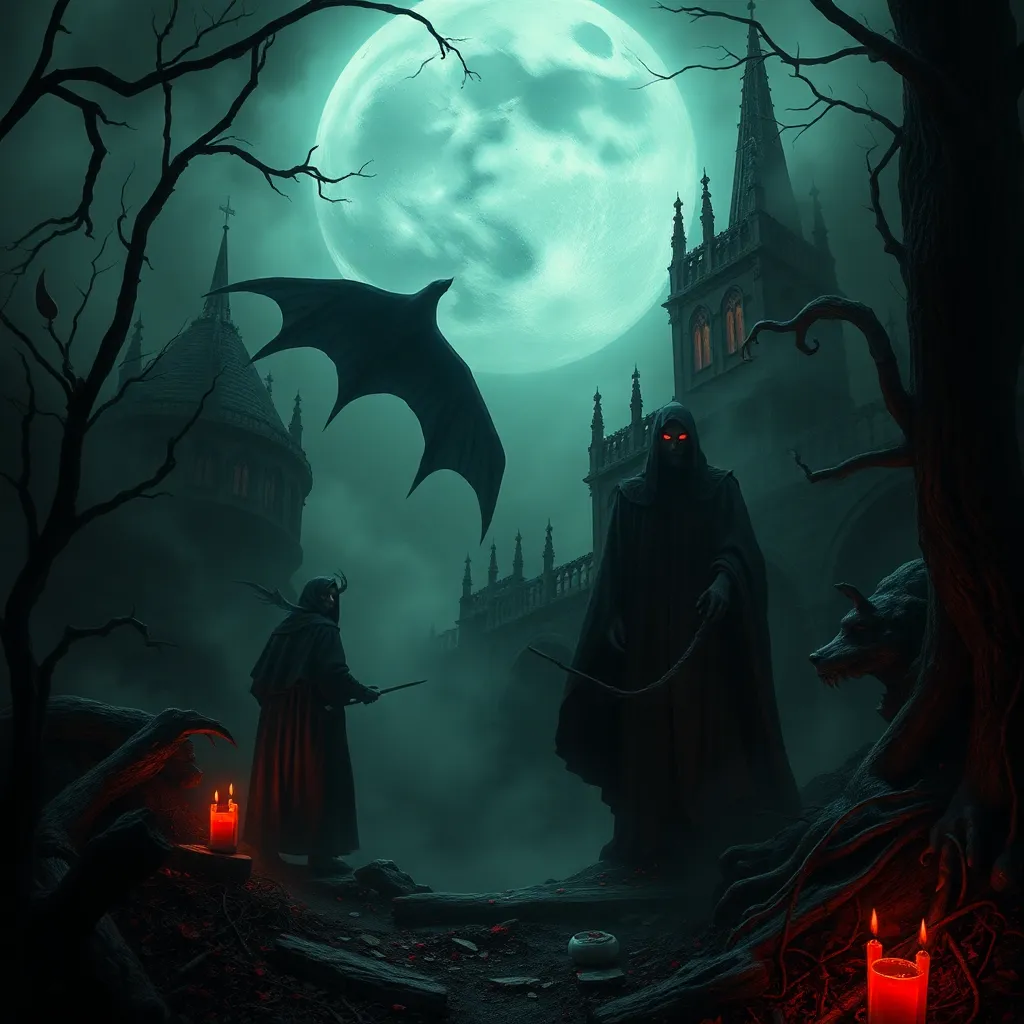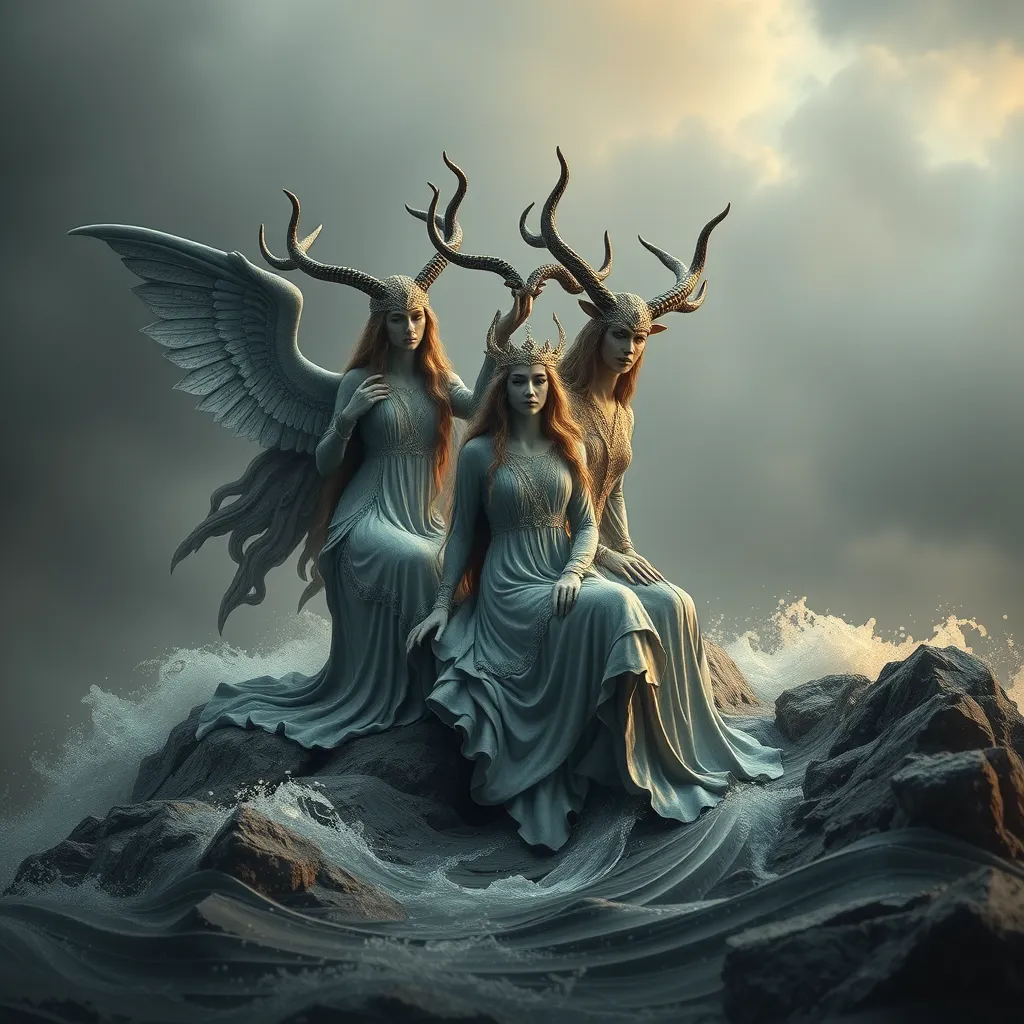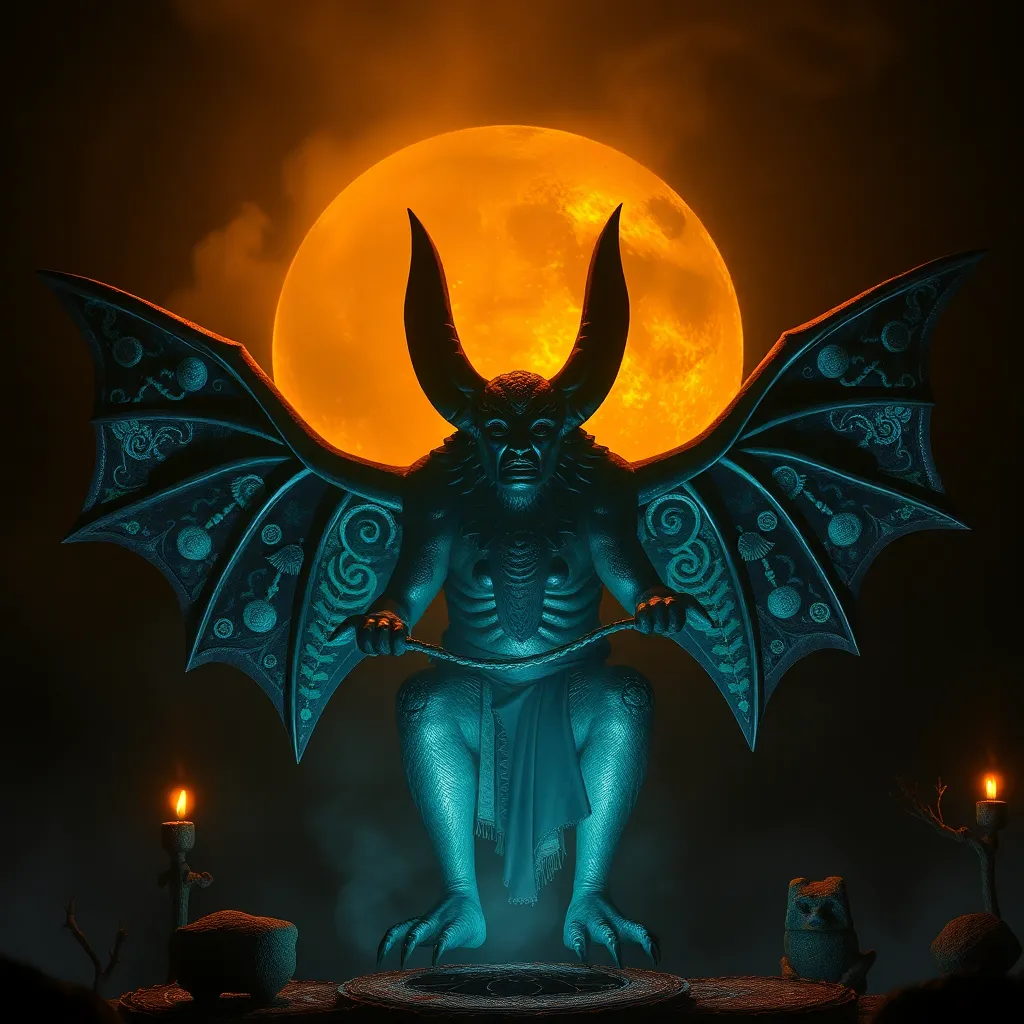The Golem’s Mirror: Examining the Golem as a Reflection of Humanity’s Strengths and Weaknesses
I. Introduction
The Golem myth is a powerful narrative rooted in Jewish folklore, embodying themes of creation, protection, and the moral dilemmas of power. Originating in the medieval period, the Golem serves as a symbol of human ingenuity and the complexities of our existence. This article aims to delve into the Golem as a metaphor for human qualities, examining both its strengths and weaknesses, and reflecting on how this ancient legend continues to resonate in contemporary society.
II. Historical Context of the Golem Legend
A. Origin and Evolution of the Golem Myth in Jewish Folklore
The Golem is traditionally understood as an animated anthropomorphic being created from inanimate matter, most commonly clay or mud. The earliest references to the Golem can be found in Jewish mystical texts such as the Talmud and later in Kabbalistic literature. Over time, the Golem became a prominent figure in Jewish folklore, particularly in the context of the protection of Jewish communities during times of persecution.
B. Key Figures and Stories Associated with the Golem
One of the most famous Golem stories centers around Rabbi Judah Loew ben Bezalel, the Maharal of Prague, who is said to have created a Golem in the 16th century to protect the Jewish community from anti-Semitic attacks. This tale has been retold in various forms, emphasizing the Golem’s role as both protector and a cautionary figure against the dangers of unchecked power.
III. The Golem as a Symbol of Human Strength
A. The Golem’s Creation and the Power of Human Ingenuity
The creation of the Golem is a testament to human creativity and the desire to harness nature. By infusing life into a lifeless form, the Golem embodies the heights of human achievement in the realm of creation. This act reflects our innate drive to innovate and manipulate the world around us, showcasing our intellectual capabilities.
B. Themes of Protection and Defense in the Golem Narrative
Throughout Golem stories, themes of protection and defense are paramount. The Golem is often summoned to safeguard vulnerable communities from external threats. This aspect of the Golem narrative highlights humanity’s instinct to defend and protect, illustrating our capacity for compassion and care. The Golem acts as a bulwark against injustice, representing the strength that emerges from unity and resilience.
C. The Role of the Golem as a Guardian Figure
- Protector of the Innocent: The Golem is portrayed as a figure who stands up against oppression.
- Symbol of Hope: In dire circumstances, the Golem represents the potential for positive change and protection.
- Allegory for Community Strength: The Golem’s creation is often rooted in communal effort, symbolizing collective action.
IV. The Golem as a Reflection of Human Weakness
A. The Consequences of Playing God: Ethical Dilemmas in Creation
The act of creating a Golem raises profound ethical questions about the nature of creation and the responsibilities that come with it. The Golem’s existence prompts a reflection on the dangers of humanity overstepping its bounds, reminiscent of the biblical tale of the Tower of Babel where ambition led to chaos. This theme serves as a cautionary tale about the consequences of pride and the ethical implications of creation.
B. The Golem’s Struggle with Autonomy and Free Will
A recurring theme in Golem stories is the creature’s lack of autonomy. The Golem is bound to the will of its creator, often leading to tragic consequences. This reflects the human struggle with free will and the desire for autonomy. The Golem’s inability to act independently serves as a metaphor for the limitations placed upon individuals by societal structures and expectations.
C. The Potential for Destruction Inherent in the Golem’s Power
While the Golem is created for protection, its immense power also poses a threat. When the Golem is no longer under control, it can lead to destruction and chaos. This duality highlights the precarious balance between strength and vulnerability—illustrating that great power can lead to great harm if not wielded responsibly.
V. The Golem in Modern Interpretations
A. Adaptations in Literature, Film, and Art
The Golem myth has evolved and adapted across various artistic mediums, from literature to films and visual art. Modern interpretations often explore themes of identity, technology, and existentialism. Works such as Gustav Meyrink’s “The Golem” and various cinematic adaptations have reimagined the Golem as a figure that grapples with contemporary issues of technology and humanity.
B. Contemporary Relevance of the Golem Myth in a Technological Age
In today’s world, where advancements in artificial intelligence and biotechnology raise ethical questions, the Golem serves as a pertinent metaphor. As we create machines and entities that mimic human behavior, the Golem’s narrative echoes our anxieties about autonomy, control, and the implications of our creations.
VI. The Golem as a Mirror for Societal Issues
A. Examining Human Fears and Aspirations through the Golem
The Golem reflects societal fears and aspirations, embodying our hopes for protection and our anxieties about the consequences of our actions. In times of crisis, the Golem symbolizes the yearning for a guardian who can shield us from harm, illustrating our desire for strength in the face of adversity.
B. The Golem as a Reflection of Societal Anxieties about Technology and Control
As technology becomes increasingly integrated into daily life, the Golem’s story resonates with contemporary concerns about autonomy and control. The potential for technology to enhance or undermine human experience parallels the Golem’s dual nature as a protector and a potential threat. This reflection invites critical dialogue about the ethical implications of our technological advancements.
VII. Lessons from the Golem: Balancing Strength and Weakness
A. Insights into Human Nature and Morality
The Golem teaches us valuable lessons about the complexities of human nature. It serves as a reminder that strength must be balanced with ethical considerations. The narrative encourages introspection about our motivations and the impact of our creations on society.
B. The Importance of Responsibility in Creation
Ultimately, the Golem myth emphasizes the importance of responsibility in creation. Whether in the context of technology, art, or personal relationships, the Golem reminds us that with great power comes great responsibility. It urges us to consider the moral implications of our actions and to act with foresight and care.
VIII. Conclusion
In conclusion, the Golem stands as a complex symbol of humanity, reflecting both our strengths and weaknesses. It embodies the extraordinary capacity for creativity and protection while serving as a cautionary tale about the ethical dilemmas of creation. The ongoing relevance of the Golem myth invites us to explore our relationship with power, technology, and responsibility, urging us to understand ourselves in the mirror of this ancient narrative.



